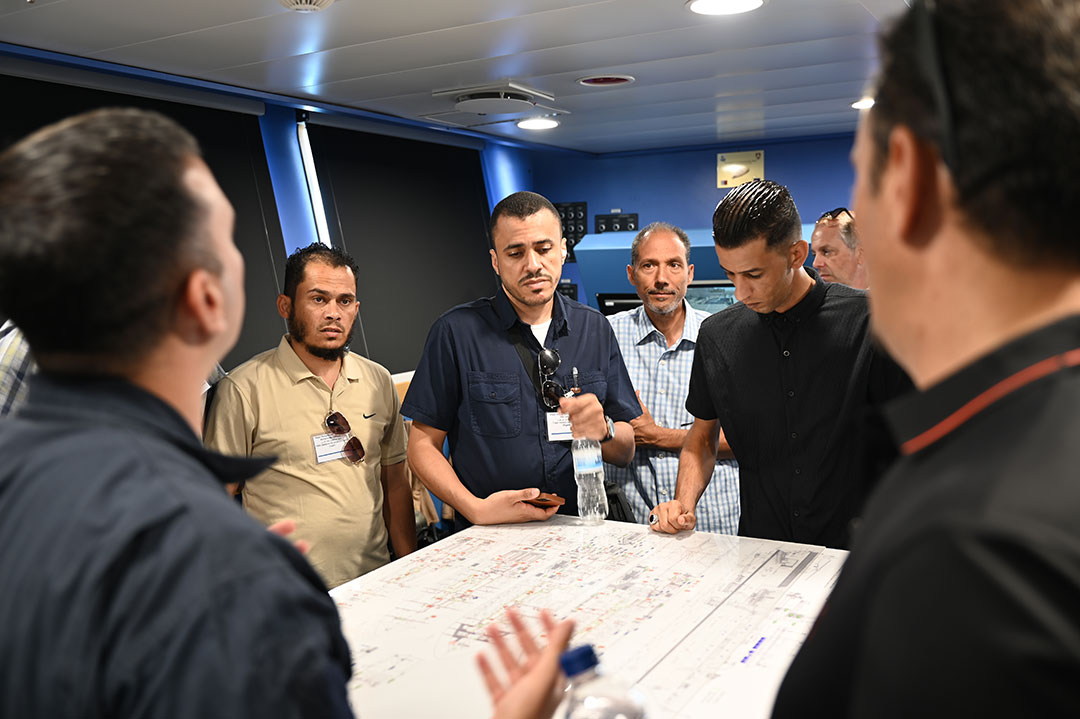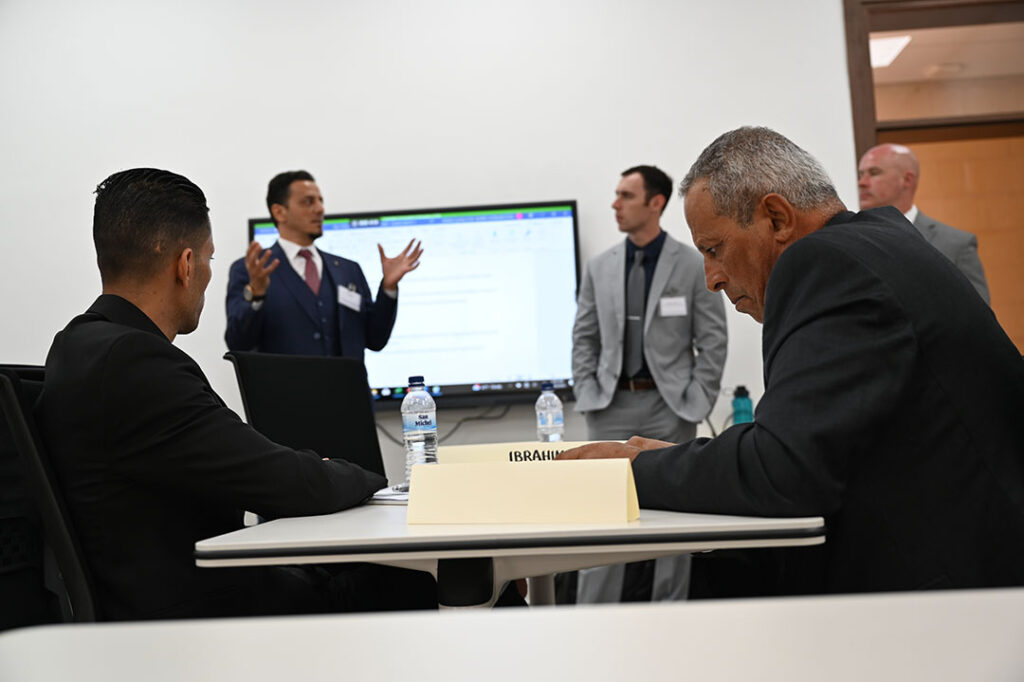ADF STAFF
Libyan military officials in August joined military officials from the United States for a three-day workshop in Malta aimed at enhancing cooperation.
The officials shared experiences on mitigating crises and reducing harm to civilians during military operations. The talks also centered on community engagement in conflict areas, responding to emerging crises and effective coordination during natural disasters.
“This engagement marks a significant step forward in our ongoing cooperation,” a U.S. military official said in a news release. “I’m optimistic this is just the beginning of our collaborative efforts.”
Libyan military representatives also emphasized the importance of adaptability and community involvement in successful crisis management.
During the workshop, the U.S. contingent also toured the Armed Forces of Malta’s P51 and P71 patrol boats, prompting a discussion on the role of naval assets during disasters and maritime search and rescue operations.

“Experiencing Malta’s maritime facilities firsthand has broadened our understanding of integrated crisis response, particularly in maritime contexts,” another U.S. military representative said in the news release. “It’s a wonderful opportunity to see how their maritime assets are used in coordination with civilian authorities in disaster relief efforts and security operations.”
The importance of cooperation was underscored in early September 2023 when heavy rainfall from Cyclone Daniel caused two aging dams to fail in the city of Derna, Libya, sweeping entire districts into the Mediterranean Sea. Flash flooding killed more than 4,350 people, and about 8,540 went missing.
Hani Elbah, a 47-year-old government worker, saw the flood approach and watched as the waters destroyed a seven-story building with 21 families inside.
“The families were all upstairs,” Elbah told Voice of America (VOA). “The flood crushed it like a milk carton.”
The catastrophe required $1.8 billion in reconstruction and recovery, according to a joint report by the World Bank, United Nations and European Union. The report said the disaster affected about 1.5 million people — 22% of Libya’s population.
Overall, about 250,000 people were targeted for assistance through December 2023 at a cost of more than $71 million.
“The city was worn out even before,” Elbah told VOA. “Now we need everything from A to Z. We need infrastructure, housing projects and water supply projects. Mostly we need psychological support.”
Within days of the flood, the U.S. Agency for International Development (USAID) donated $1 million in initial disaster assistance funds, activated a Disaster Assistance Response Team in Tunis, Tunisia, and a Response Management Team in Washington, D.C.
In early October, USAID airlifted 3 metric tons of emergency relief supplies to Libya, including water, sanitation and hygiene items. That brought the total amount of emergency relief supplies delivered by USAID to 29 metric tons.
Overall, the U.S. government has provided more than $900 million in assistance to Libya since 2011, including nearly $275 million for humanitarian assistance.

